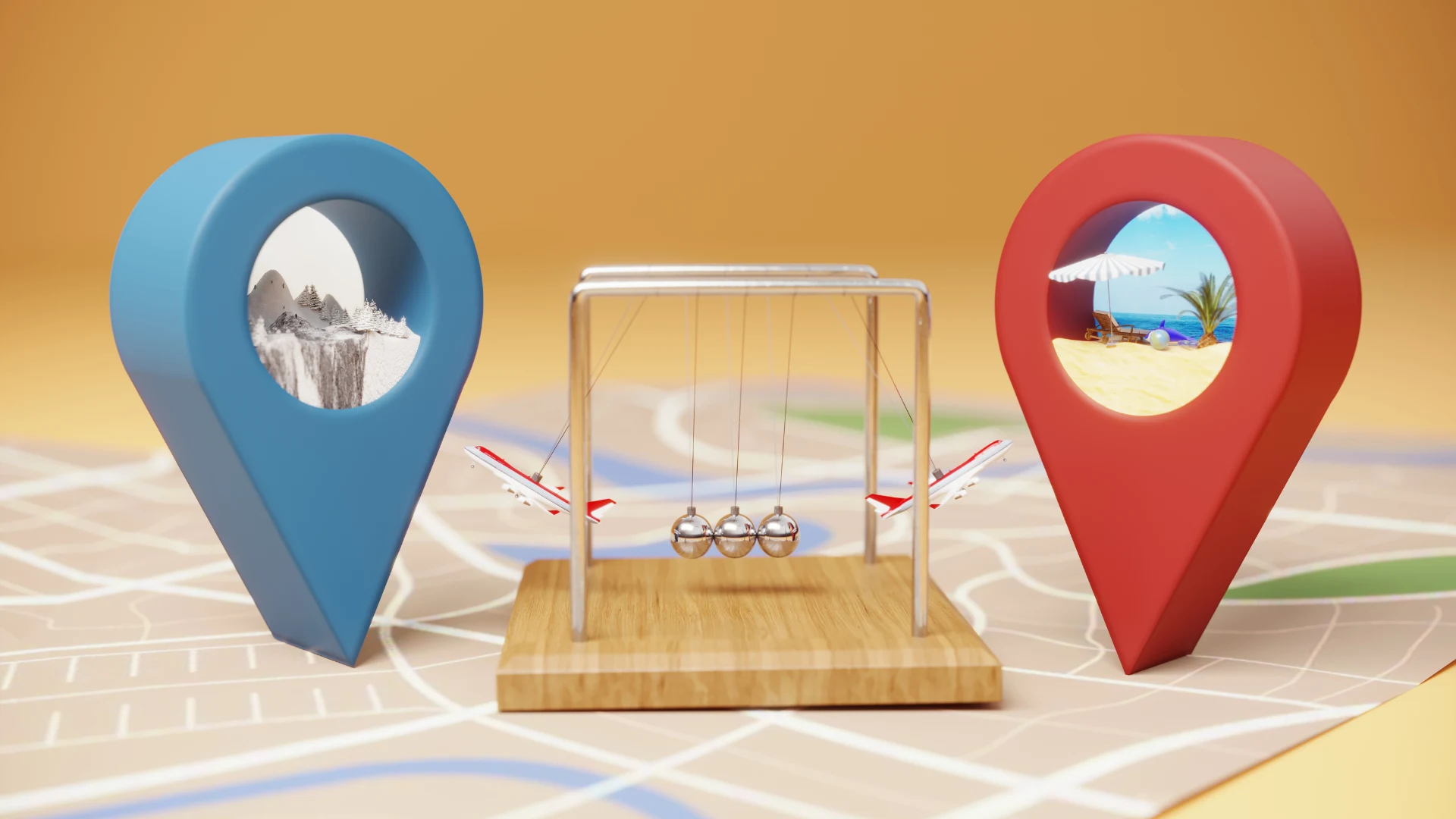
"Carbon monoxide is produced when fuels don't burn completely due to poor ventilation or malfunctioning appliances. In hotel and rental property settings, common sources include faulty furnaces, water heaters, fireplaces, and even nearby pool heaters or mechanical equipment. Carbon monoxide is almost impossible to identify without equipment because it is colorless, odorless, and tasteless. What makes CO particularly dangerous for travelers is that symptoms can be mistaken for travel fatigue, jet lag, or altitude sickness."
"Currently, only 14 states require carbon monoxide detectors in hotel rooms, and there's no federal mandate requiring hotels to install CO alarms in every guest room. This regulatory patchwork leaves all travelers potentially vulnerable to a preventable risk. And that's just in the U.S.; if your travel plans take you outside the country, CO regulation is likely to be even more lax. Carbon monoxide poisoning is responsible for over 100,000 emergency room visits, 14,000 hospitalizations, and more than 400 deaths annually in the United States."
Carbon monoxide incidents are increasing, with firefighters responding to at least 4,000 hotel, motel, and resort emergencies from 1999 to 2020, causing at least two dozen deaths and over 1,000 injuries. Carbon monoxide forms when fuels burn incompletely because of poor ventilation or malfunctioning appliances. Common lodging sources include faulty furnaces, water heaters, fireplaces, and nearby pool or mechanical equipment. Detection requires alarms because CO is colorless, odorless, and tasteless. Symptoms such as headache, nausea, dizziness, and fatigue often resemble travel fatigue or altitude sickness. Only 14 states require hotel CO detectors and no federal mandate exists, leaving travelers exposed. CO causes over 100,000 ER visits, 14,000 hospitalizations, and 400+ deaths annually in the United States.
Read at Fast Company
Unable to calculate read time
Collection
[
|
...
]